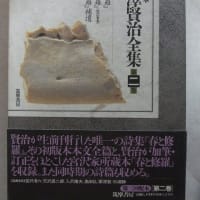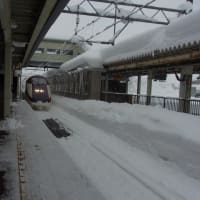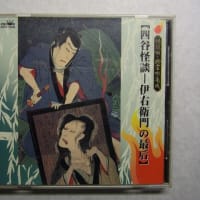http://www.nytimes.com/2015/11/05/opinion/denying-the-will-of-okinawans.html?smid=tw-nytopinion&smtyp=cur
Japanese police officers in riot gear are dragging away grandparents; protesters are linking arms and lying down in front of military trucks.
A local mayor is accusing the central government of lawlessness, and a governor is denouncing “iron-fisted rule” from Tokyo.
That is the tense and ugly situation in Okinawa, where an old battle is intensifying over Japan’s plan, hatched with its strategic partner the United States, to vastly expand an American military base over the long-held, impassioned objections of Okinawans.
For 20 years the American and Japanese governments have been trying to close a Marine base in crowded Ginowan, a city on Okinawa’s main island, and to build a bigger one in a northern, less populated area, Henoko Bay.
Okinawa, the poorest and most put-upon of Japan’s prefectures, has long chafed under the American military presence, and many Okinawans argue that the Henoko Bay plan perpetuates their burden.
They say it will just shift the dangers, noise and environmental degradation of militarization to another part of the island.
They are particularly alarmed at the plan to build giant runways on landfill dumped into a pristine ocean bay, home to coral reefs and an endangered population of a manatee-like creature, the Okinawan dugong.
Okinawa’s governor, Takeshi Onaga, last month revoked permission for construction.
The central government ignored him and on Oct. 29 began building a work area for the landfill project.
As Mr. Onaga vowed to continue resisting Tokyo, the protesters clashed with the police.
There is a great injustice at the heart of the Okinawans’ resentment.
Japan wants the security of America’s military presence, but it wants Okinawans to pay for it.
This has been true since the end of World War II, when the bloodiest battle of the Pacific war left Okinawa shattered and a quarter of its civilians dead.
It was the only part of Japan invaded and occupied by Americans, who never left.
Okinawa, which is less than 1 percent of Japan’s land mass, has more than half of the 50,000 American military personnel in Japan.
The island is choked top to bottom with military bases — built on land seized from Okinawans — and the problems that come with war machinery and troops: noise, deadly accidents and assaults against women by American troops.
Japan and the United States see themselves as nations committed to peace, human rights and democracy.
Those claims have been tested by the failure to resolve the Henoko standoff.
Japanese police officers in riot gear are dragging away grandparents; protesters are linking arms and lying down in front of military trucks.
A local mayor is accusing the central government of lawlessness, and a governor is denouncing “iron-fisted rule” from Tokyo.
That is the tense and ugly situation in Okinawa, where an old battle is intensifying over Japan’s plan, hatched with its strategic partner the United States, to vastly expand an American military base over the long-held, impassioned objections of Okinawans.
For 20 years the American and Japanese governments have been trying to close a Marine base in crowded Ginowan, a city on Okinawa’s main island, and to build a bigger one in a northern, less populated area, Henoko Bay.
Okinawa, the poorest and most put-upon of Japan’s prefectures, has long chafed under the American military presence, and many Okinawans argue that the Henoko Bay plan perpetuates their burden.
They say it will just shift the dangers, noise and environmental degradation of militarization to another part of the island.
They are particularly alarmed at the plan to build giant runways on landfill dumped into a pristine ocean bay, home to coral reefs and an endangered population of a manatee-like creature, the Okinawan dugong.
Okinawa’s governor, Takeshi Onaga, last month revoked permission for construction.
The central government ignored him and on Oct. 29 began building a work area for the landfill project.
As Mr. Onaga vowed to continue resisting Tokyo, the protesters clashed with the police.
There is a great injustice at the heart of the Okinawans’ resentment.
Japan wants the security of America’s military presence, but it wants Okinawans to pay for it.
This has been true since the end of World War II, when the bloodiest battle of the Pacific war left Okinawa shattered and a quarter of its civilians dead.
It was the only part of Japan invaded and occupied by Americans, who never left.
Okinawa, which is less than 1 percent of Japan’s land mass, has more than half of the 50,000 American military personnel in Japan.
The island is choked top to bottom with military bases — built on land seized from Okinawans — and the problems that come with war machinery and troops: noise, deadly accidents and assaults against women by American troops.
Japan and the United States see themselves as nations committed to peace, human rights and democracy.
Those claims have been tested by the failure to resolve the Henoko standoff.
























